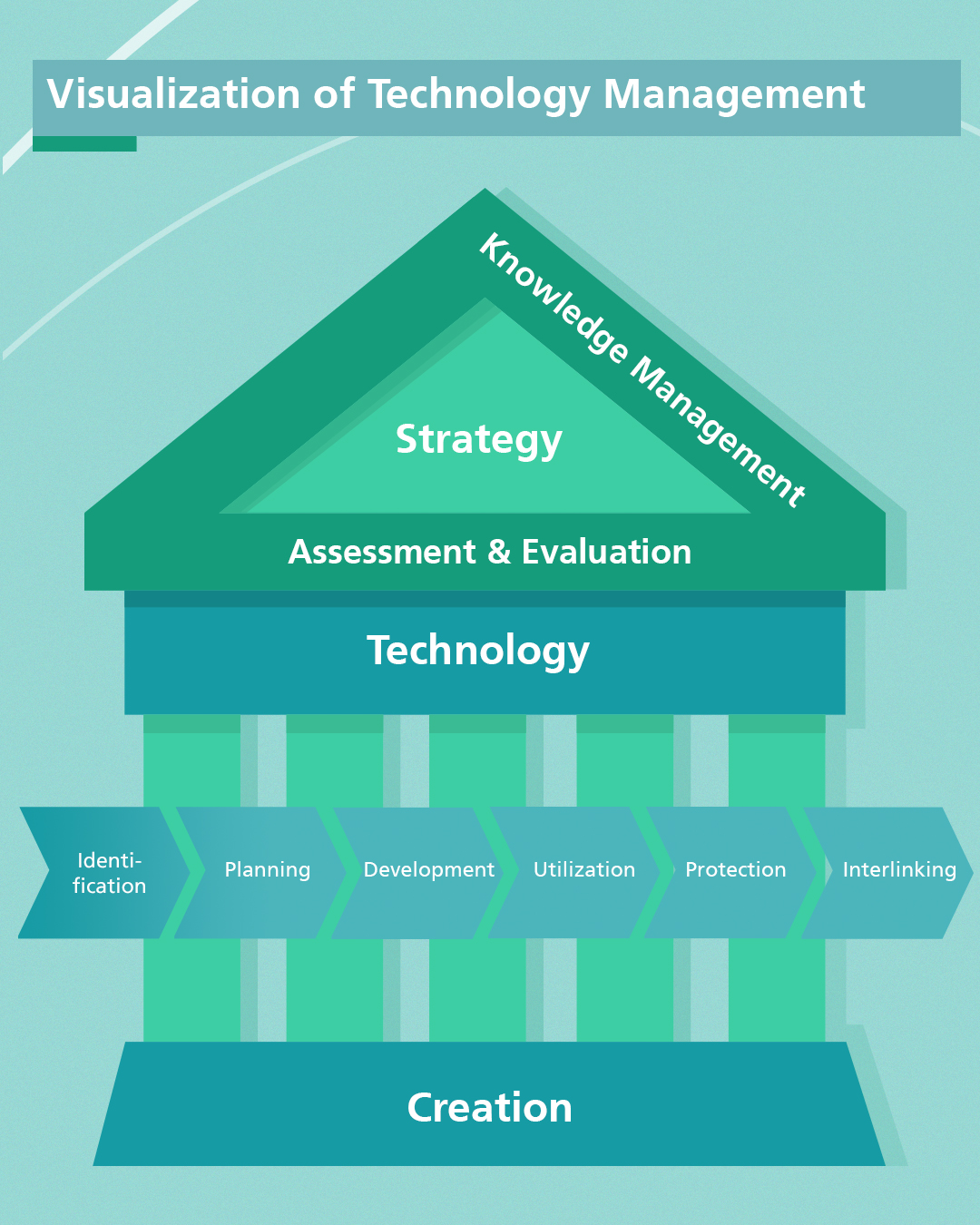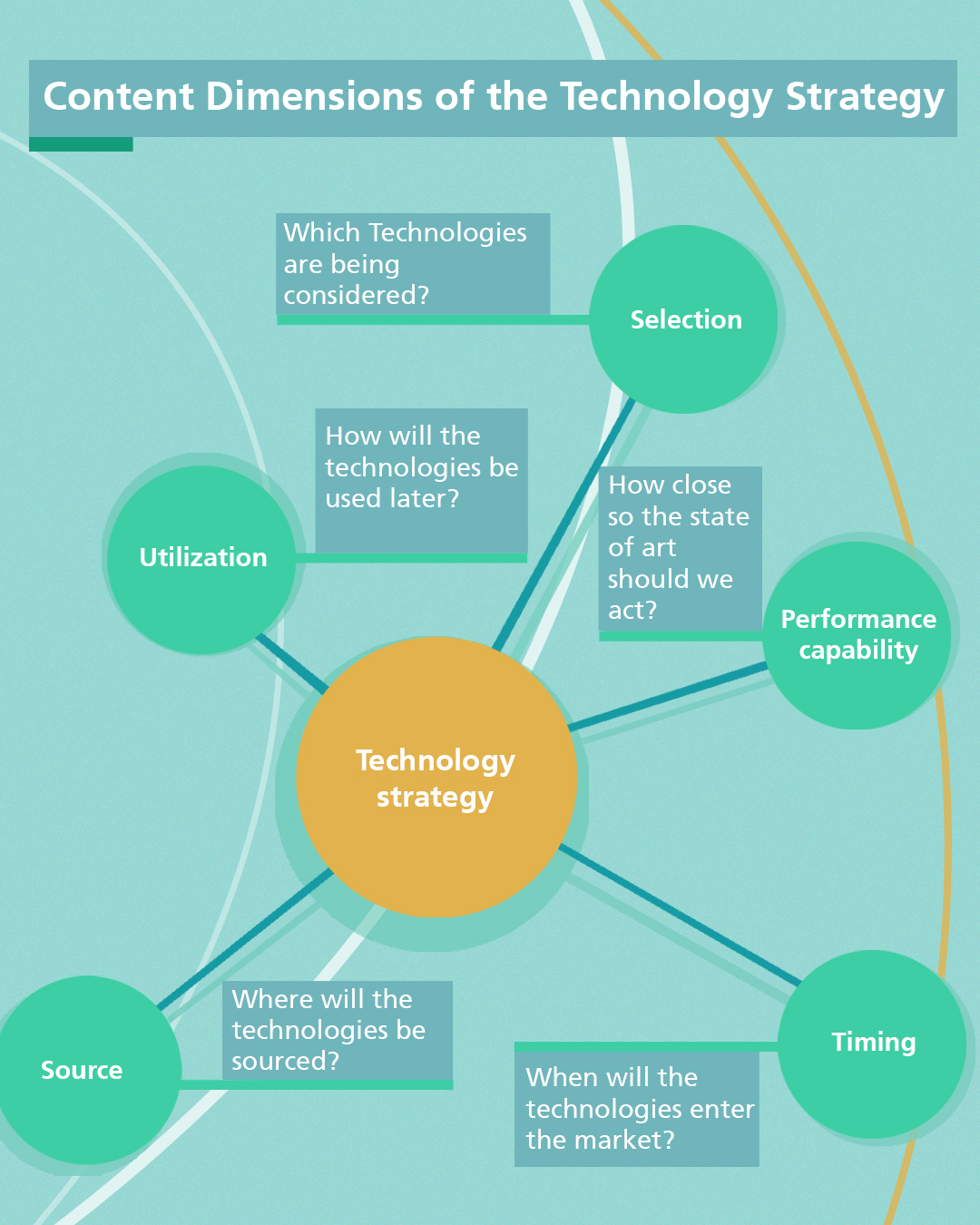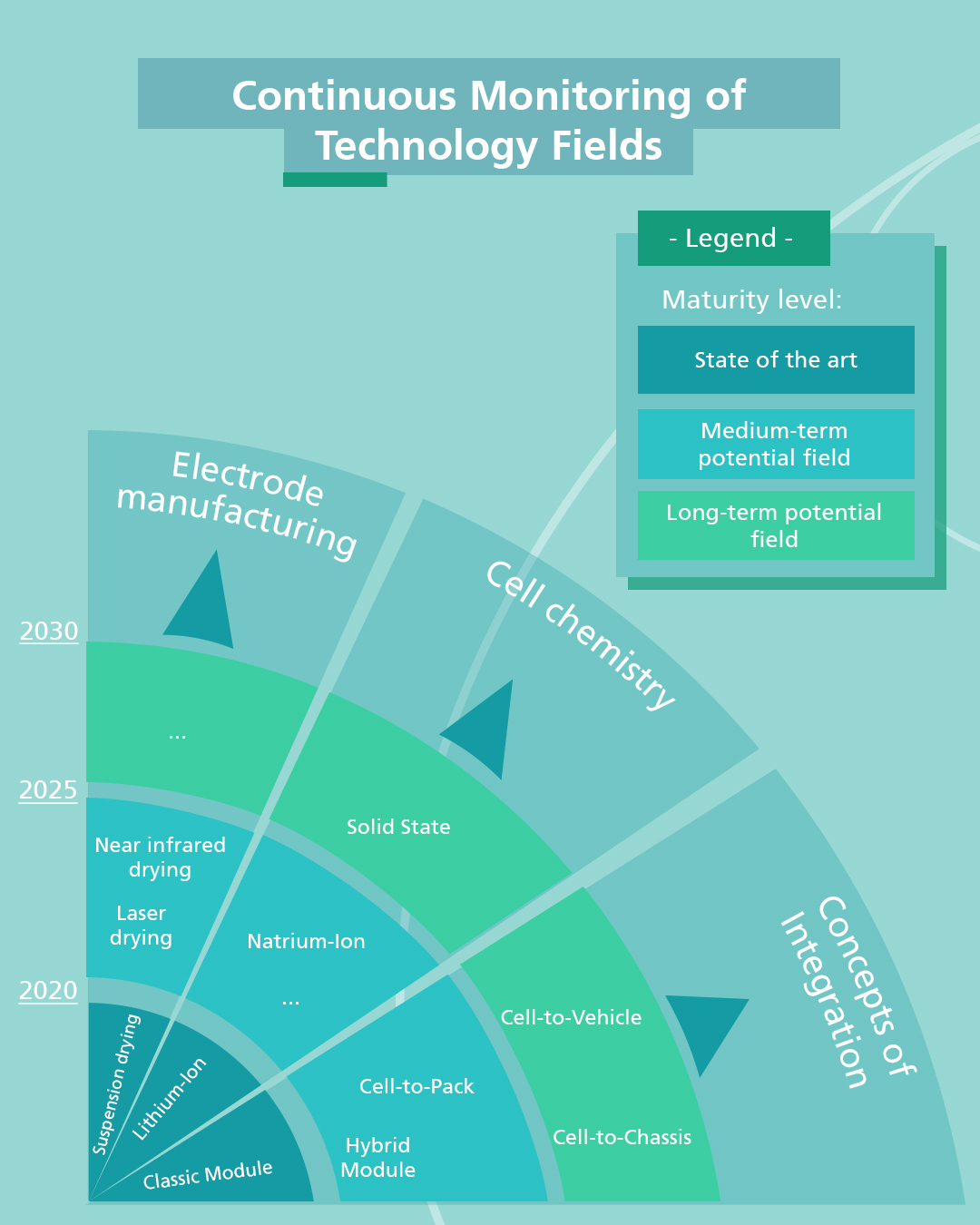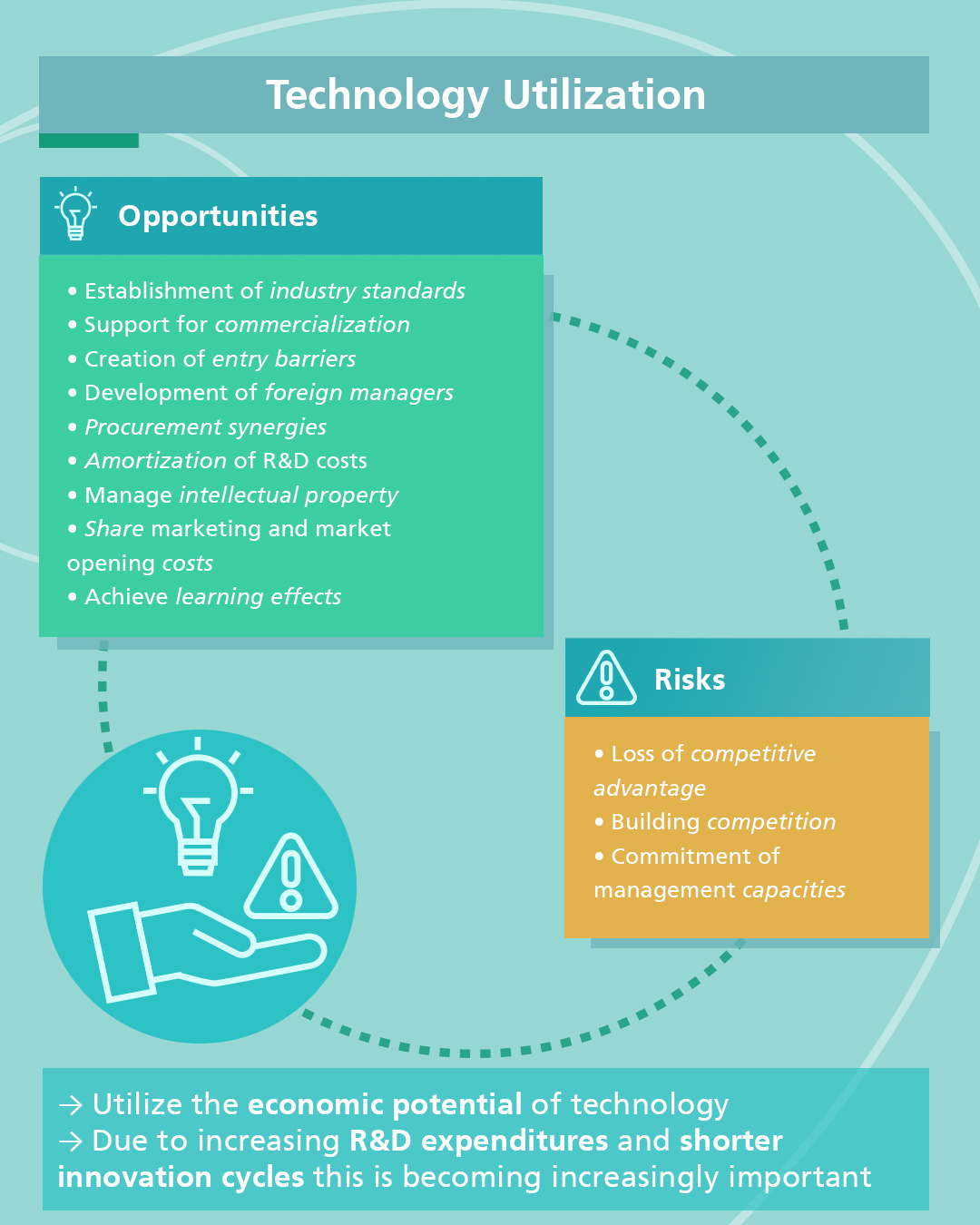In search of innovations - technology scouting
Technology scouting is an essential approach in the early phase of innovation management, which aims to identify pioneering technologies at an early stage and search for solutions to integrate them into the company's value creation. This proactive approach involves systematically monitoring the global market to identify relevant trends, developments, and emerging innovations. A typical procedure for this is to define search criteria and search methods, evaluate new information, and communicate it to the company. It is helpful to visualize the results in a so-called "technology radar" (see illustration). Paths for substitution technologies and new approaches to problem solutions can be depicted in a TRIZ matrix.
Technology studies: A strategic framework for decision-making in battery cell production
An analysis format that has already been tried and tested several times by Fraunhofer FFB's technology management team identifies technological development potential and thus establishes comparability for strategic selection decisions. Such technology studies have already been carried out for some selected core topics of innovative battery cell production: Starting with technical mechanisms for dry coating of electrode foils to technologies for accelerated cell assembly, electrolyte filling, more energy-efficient drying technologies and barriers on the way to solid-state cells.



